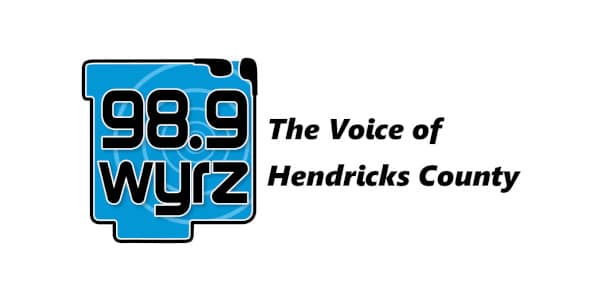Indianapolis, IN-Despite gains that brought Indiana’s poverty rate back near its 2010 level, new Census data show persistent child poverty and less mobility for low-income Hoosiers, indicating that Indiana’s economy still presents impediments to self-sufficiency that will require targeted solutions.
According to the United States Census Bureau’s American Community Survey (ACS), Indiana’s poverty rate dropped to 15.2 in 2014 from 15.9 in 2013, the best rate since the beginning of the recession. The number of Hoosiers living below the poverty level has yo-yoed around the 1 million mark since 2010, hitting 974,218 in 2014, down from a record-high of 1,015,127 in 2013. However, the figure of 1 in 3 Hoosiers living below economic self-sufficiency remains stubborn, with signs that economic mobility is not reaching all residents equally. The number of Hoosiers living below 200% of the poverty level (a basic metric of self-sufficiency) dropped to 2.22 million in 2014 from 2.28 million in 2013. But the percentage of low-income Hoosiers living between 100 and 199% of the poverty level (19.5% of all state residents) did not decline significantly, suggesting that bottlenecks remain to self-sufficiency.
In addition, more than 1 in 5 Hoosier children continue to live in poverty (21.5%), a rate that has not changed significantly since 2010. The poverty rate for women was 16.8% in 2014, but only 13.7% for men. And while whites had only a 12.6% poverty rate in 2014, the poverty rate for African Americans was 32.0%, and for Hispanics or Latinos, 28.7%.
Educational attainment presented signs for optimism, and pointed to areas for continued focus. Both the percent of Hoosiers with a high school diploma or higher (88.4%) as well as those with a bachelor degree or higher (24.7%) have increased significantly since 2010. However, Indiana is still far behind its goal of achieving 60 percent of Hoosiers with postsecondary degrees or certificates by 2020, and the Census shows the level of attainment of associate degrees is relatively flat at 8.5%.
In order to make gains on the persistently high rate of low-income Hoosiers, the state must target policies that focus on economic growth where it’s needed most and prioritize job quality as well as quantity. Because while Indiana’s median household income increased in 2014, a majority of those living below the poverty line also worked that year, the highest percentage since the recession began. The state has left too many tools idle that would better reward work, strengthen proven safety net features, and equip Hoosiers for the economy of the future. Moving forward, Indiana should continue to increase educational attainment and skill development for working parents and low-skill adults; create a more family-friendly state tax structure; and implement policies to ensure parents don’t have to choose between a new job or raise and their children’s care.






